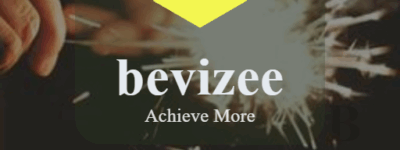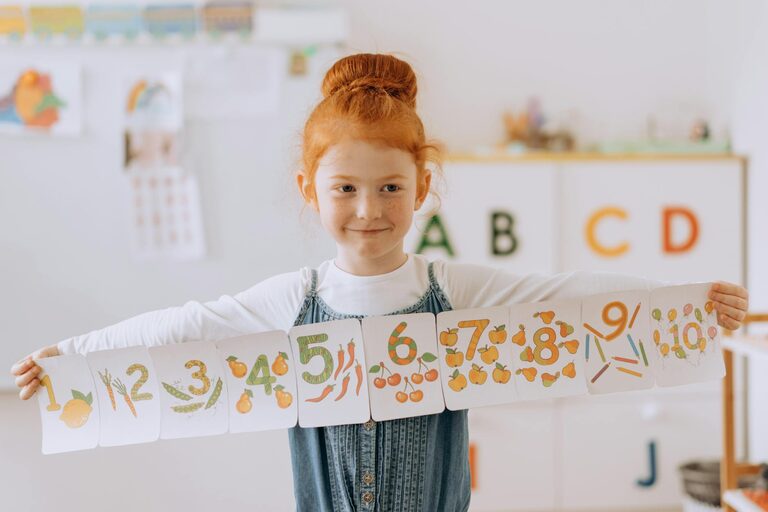Children’s artwork is a wonderful expression of their creativity and growth. From colorful drawings to crafty sculptures, these art pieces often hold sentimental value for parents. However, as the collection grows, it can quickly become overwhelming to manage and store. Without an effective system, art projects can clutter your home or even get damaged or lost.
In this post, we explore practical and creative tips for keeping your kids’ art organized. Whether you want to preserve special pieces or simply reduce clutter, these ideas will help you create a manageable, inspiring system.
Why Organize Kids’ Artwork?
Before diving into tips, it’s good to understand the benefits of organizing your children’s art:
– Preserves memories: Artwork captures different stages of your child’s development.
– Builds pride: Displaying art encourages creativity and self-expression.
– Maintains order: Prevents piles of paper and craft materials from overtaking your space.
– Makes sharing easier: Organized collections can be shared with family and friends or used to create gifts.
Now, let’s explore how to achieve this balance between keeping memories and maintaining tidy spaces.
Set Up a Dedicated Art Space
Having a dedicated area for creating and storing artwork sets the foundation for good organization.
Create a Craft Station
– Use a small table or desk for art activities.
– Include drawers or bins for supplies like crayons, markers, and paper.
– Label containers to encourage kids to put items back properly.
Designate an Art Storage Spot
– Place a shelf, cart, or cabinet near the art station.
– Use bins or folders labeled by date or child.
– Keep this area accessible so kids can retrieve or store pieces independently.
Sort and Select Artwork Regularly
It’s normal to accumulate a lot of art quickly. Developing a routine to sort and select keeps collection manageable.
Set Timeframes
– Review new artwork weekly or monthly.
– Involve your child in picking favorites to save.
Decide What to Keep
Ask yourself:
– Does this piece represent a special moment or skill?
– Is the child particularly proud of this work?
– Can it be repurposed (e.g., for a gift or decoration)?
Recycle or Repurpose Others
– Use leftover paper scraps for new crafts.
– Take photos of artwork before discarding if you want to remember without keeping the physical item.
Use Storage Solutions That Work
Choosing the right storage methods depends on the type and volume of artwork.
Flat Storage for Paper Art
– Use large, shallow boxes or portfolios.
– Store items flat to prevent wrinkling.
– Label boxes by year or child.
Three-Dimensional Art
– Use clear plastic bins for sculptures or crafts.
– Assign one bin per child or per year.
– Consider rotating displays to reduce stored volume.
Digital Storage
– Photograph or scan artwork for a digital archive.
– Use apps or cloud services designed for kids’ art.
– Create digital photo books or slideshows for sharing.
Display Artwork Creatively
Displaying some art can make children feel proud and reduce stored clutter.
Wall Galleries
– Use clipboards or frames to hang rotating pieces.
– Try a wire with clips for easy swapping.
– Dedicate a corkboard or magnetic board for ongoing displays.
Functional Displays
– Turn art into placemats by laminating favorites.
– Use pieces as wrapping paper or greeting cards.
– Make custom calendars or posters featuring multiple works.
Involve Your Kids in Organizing
Engaging children teaches responsibility and values their creativity.
– Let them help sort and choose art to keep.
– Involve them in labeling bins or folders.
– Encourage tidying up their art supplies regularly.
Tips for Long-Term Preservation
For cherished artwork, consider preservation techniques.
– Store paper art in acid-free folders to prevent fading.
– Keep items away from direct sunlight or damp areas.
– Frame particularly special pieces for protection.
Final Thoughts
Organizing kids’ artwork is a rewarding way to celebrate creativity while keeping your home organized. With a dedicated space, regular sorting habits, effective storage, and creative displays, you can cherish memories without feeling overwhelmed by clutter. Most importantly, involve your children in this process to make it a fun and meaningful family activity.
By applying these tips, you’ll create a system that grows with your child’s artistic journey — keeping their masterpieces safe and your home tidy. Happy organizing!



